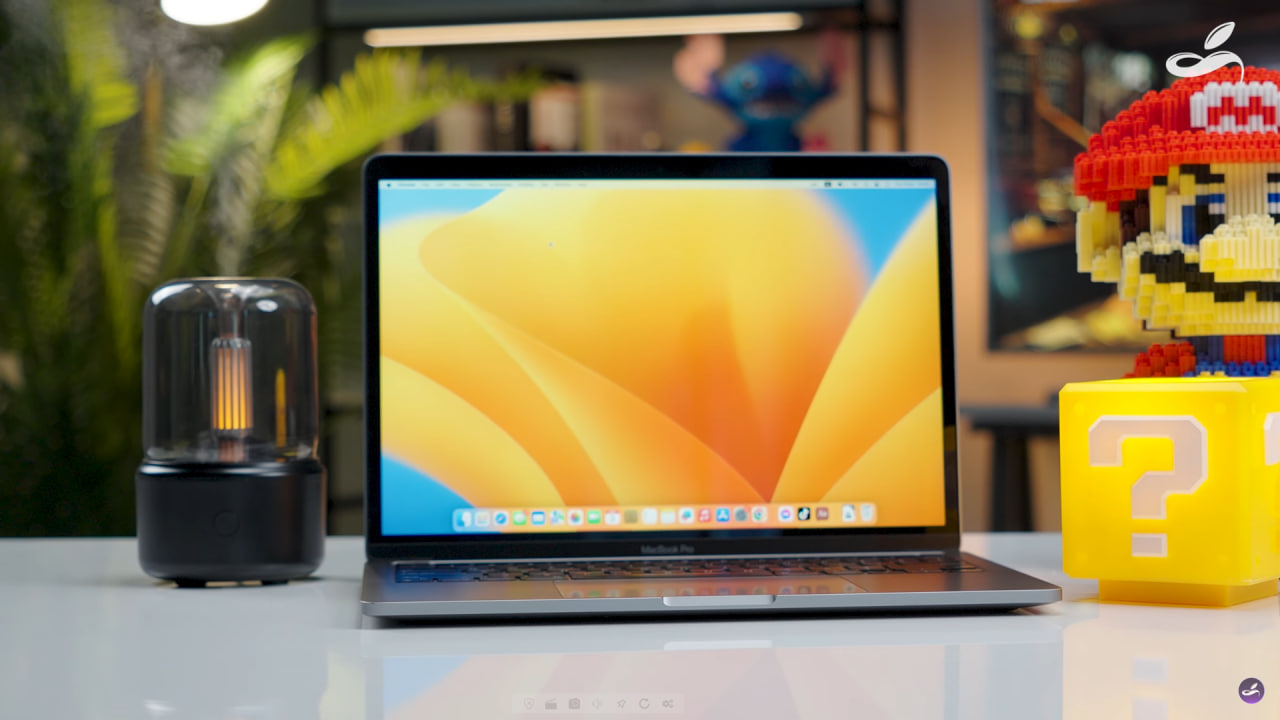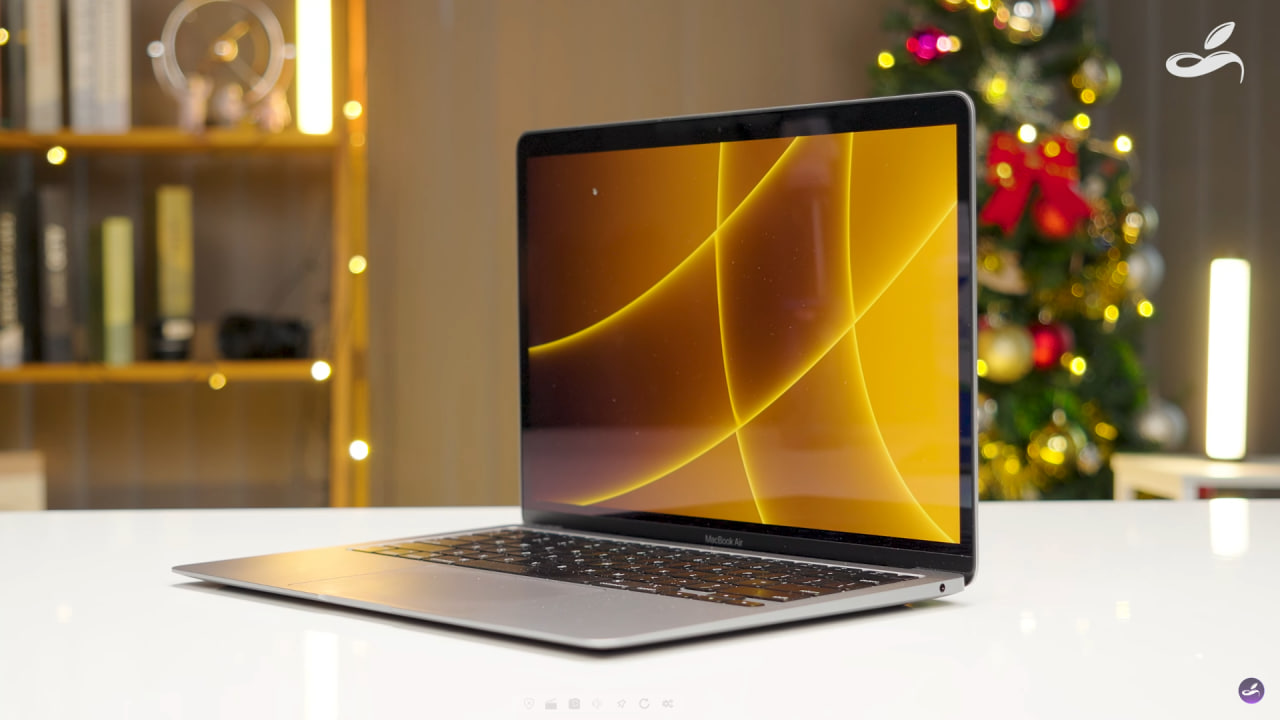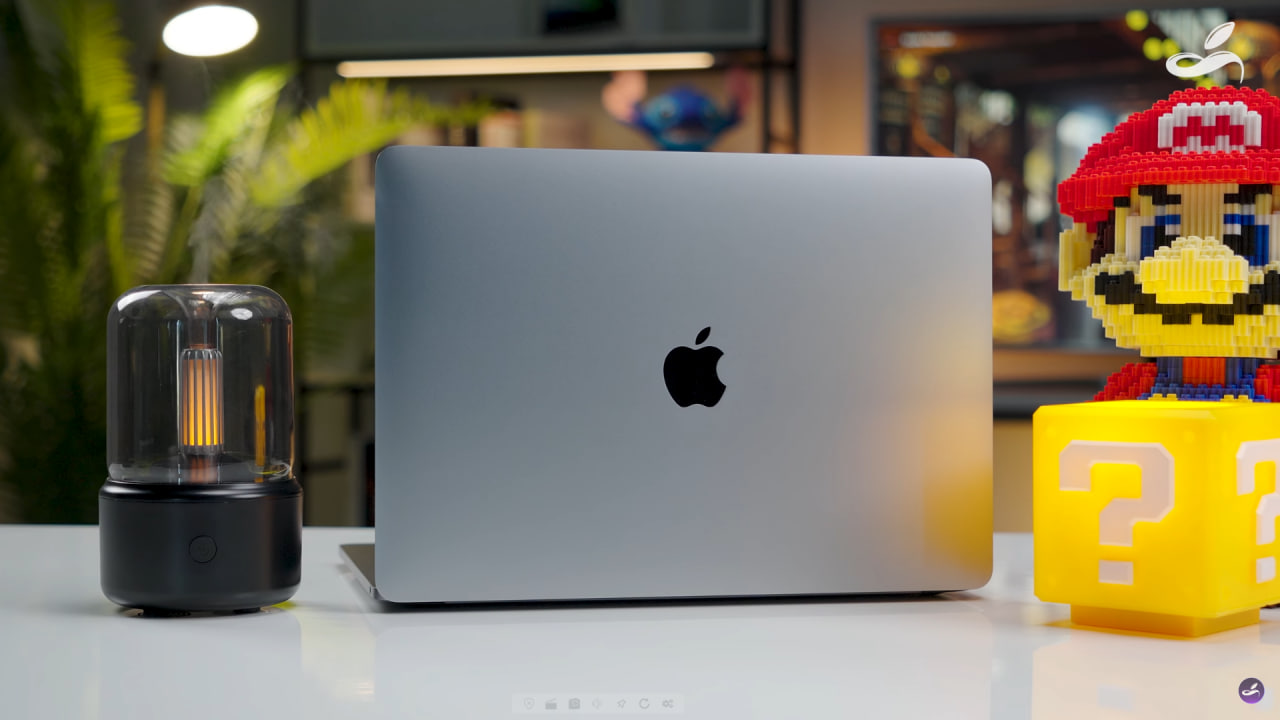Apple’s MacBook Air has always been synonymous with sleek design and portability. In late 2020, Apple introduced a game-changing update by equipping the MacBook Air with the M1 chip, shifting the landscape of lightweight computing. In this comprehensive review, we will explore the MacBook Air M1, examining its design, display, performance, battery life, software, and more to assess its significance in the world of laptops and its potential impact on your daily computing needs.
Design and Build Quality

The MacBook Air M1 continues the tradition of Apple’s iconic design. Its all-aluminum unibody construction showcases a minimalist and timeless look. The laptop is astonishingly thin and lightweight, making it an ideal choice for users who value portability. The Magic Keyboard is comfortable for typing, and the trackpad offers precise and intuitive navigation. The laptop’s Retina display extends nearly to the edges, giving the appearance of a borderless screen.
Display

The MacBook Air M1 features a 13.3-inch Retina display with a resolution of 2560 x 1600 pixels. This display provides vivid colors, sharp text, and high contrast, making it suitable for both work and entertainment. With support for the P3 wide color gamut, the laptop delivers accurate and vibrant visuals. The True Tone technology adjusts the white balance to match the ambient light, reducing eye strain and enhancing the viewing experience.
Performance
The standout feature of the MacBook Air M1 is undoubtedly the custom Apple M1 chip. This revolutionary silicon offers remarkable performance improvements and energy efficiency. The M1 chip combines an 8-core CPU and an 8-core GPU, providing impressive computing power and graphics capabilities. It handles demanding tasks with ease, such as video editing, software development, and 3D rendering.

One of the most significant advancements is the laptop’s energy efficiency, allowing for fanless design. This means the Mac Air M1 remains whisper-quiet even during intensive workloads. The machine boots up quickly, thanks to the speedy SSD, and applications launch instantaneously. The M1 chip’s machine learning capabilities enhance the laptop’s performance, ensuring tasks like photo and video editing are accelerated by the Neural Engine.
Battery Life
The Mac Air M1 achieves an exceptional battery life, setting a new standard for laptops. It offers an impressive 15-20 hours of use, depending on the workload. Users can confidently leave their charger at home for a full day’s work without concern. This longevity is a significant advantage for professionals, students, and anyone who values uninterrupted productivity.
Software and Compatibility
Apple’s transition to its custom M1 chip has come with a seamless experience for software compatibility. Many popular apps have been optimized for M1, while the Rosetta 2 translation layer ensures that older apps run smoothly without issues. The MacBook Air M1 can run iOS and iPadOS apps, expanding the range of software available to users.
Conclusion
The Apple MacBook Air M1 represents a paradigm shift in lightweight computing. With its stunning design, Retina display, exceptional performance, prolonged battery life, and seamless software transition, it stands as a symbol of Apple’s commitment to innovation and user experience.
In summary, the MacBook Air M1 is a groundbreaking laptop that redefines the expectations for thin and light computing. If you’re in search of a laptop that combines elegance with incredible power and efficiency, the MacBook Air M1 should be at the top of your list. It appeals to a wide range of users, from professionals looking for a reliable workhorse to students seeking a portable and versatile device. The M1 chip has set a new standard for laptop performance and battery life, and it’s poised to change the way we think about portable computing.









